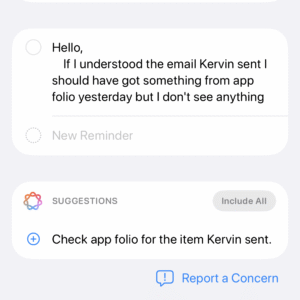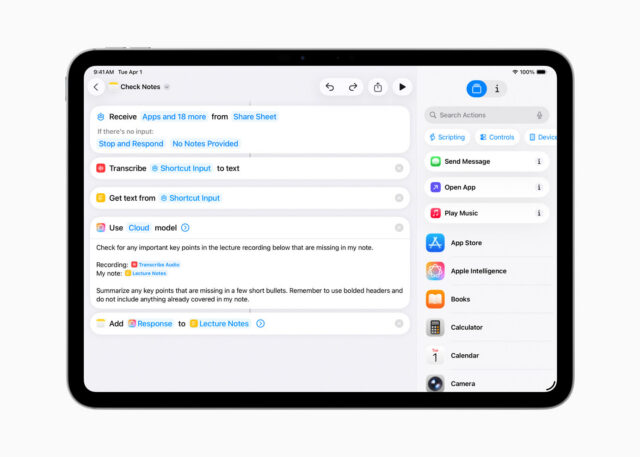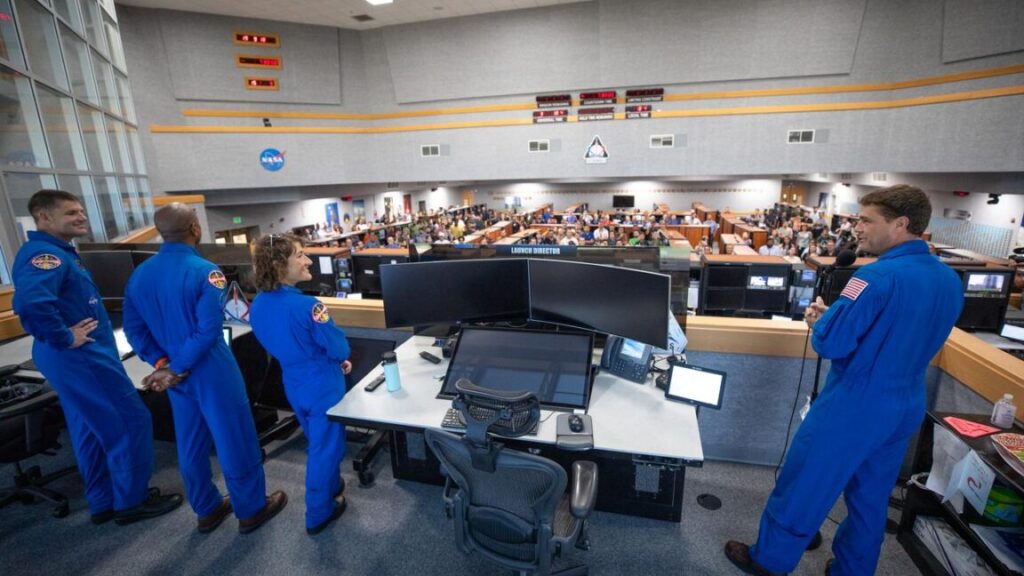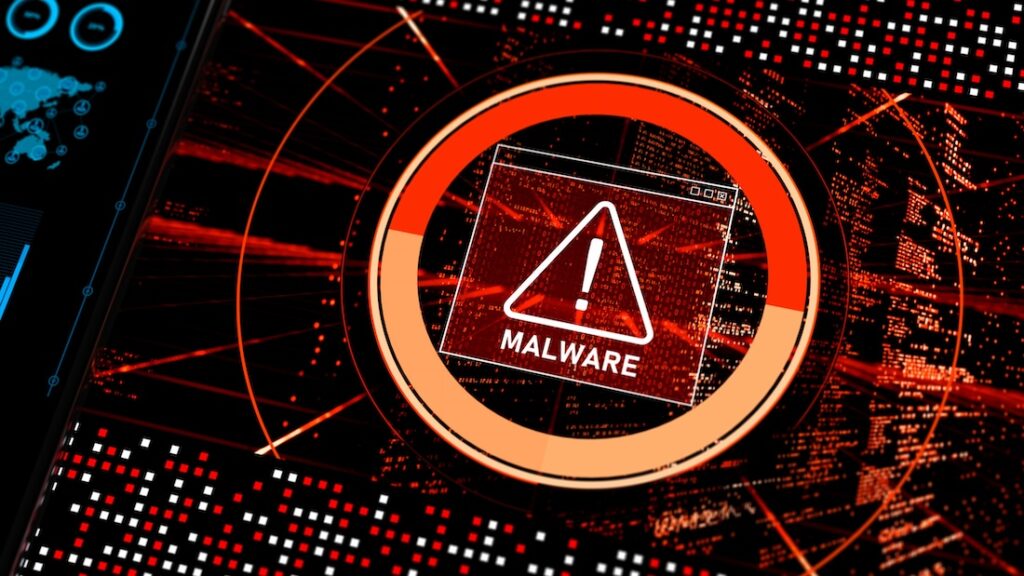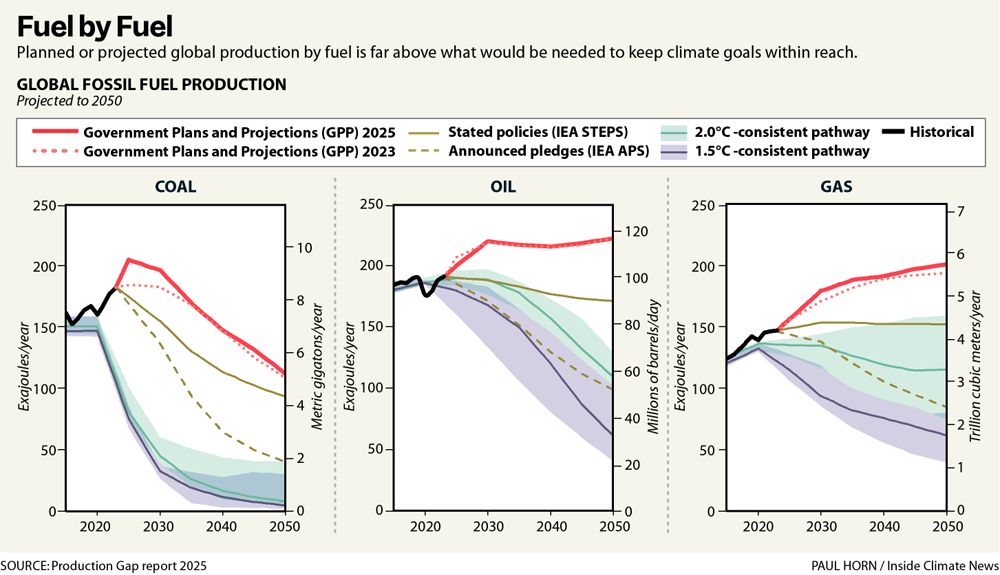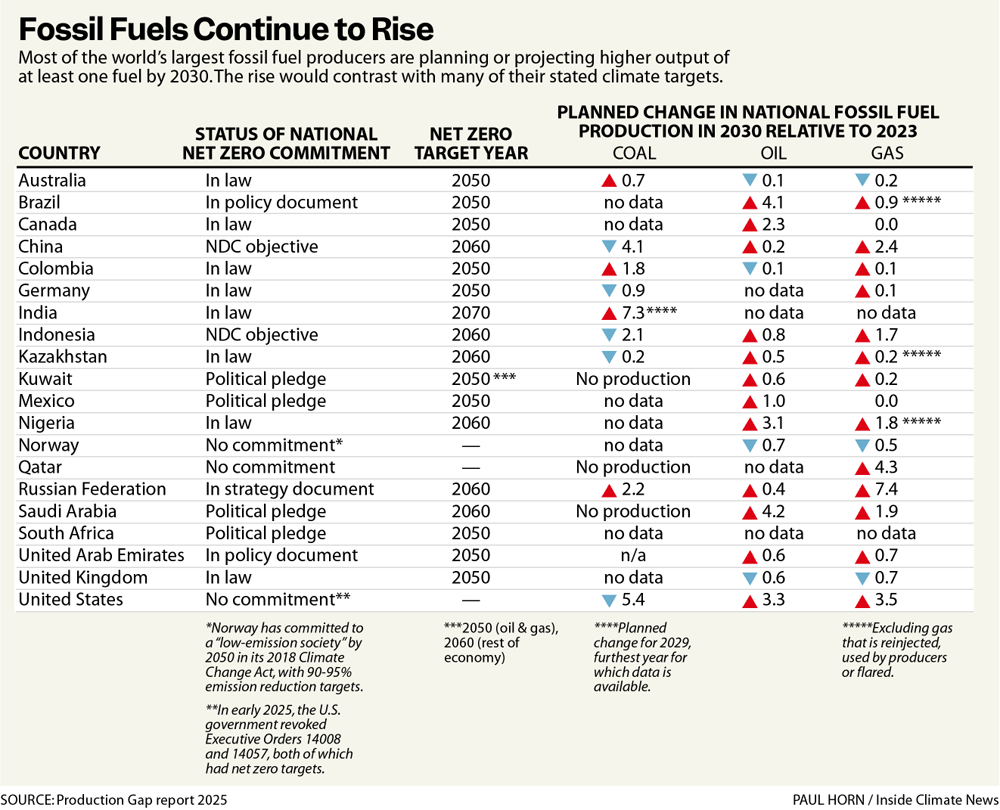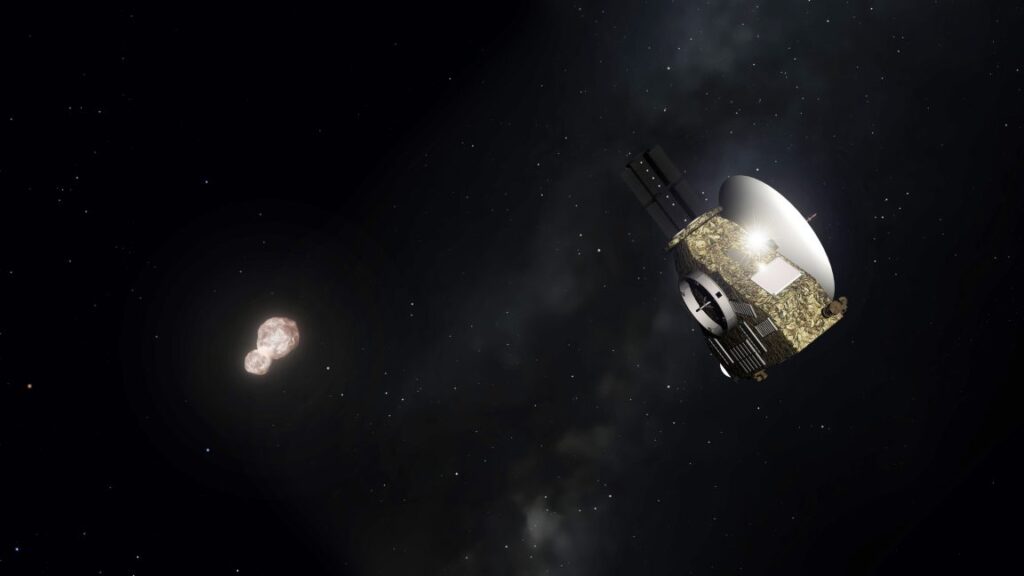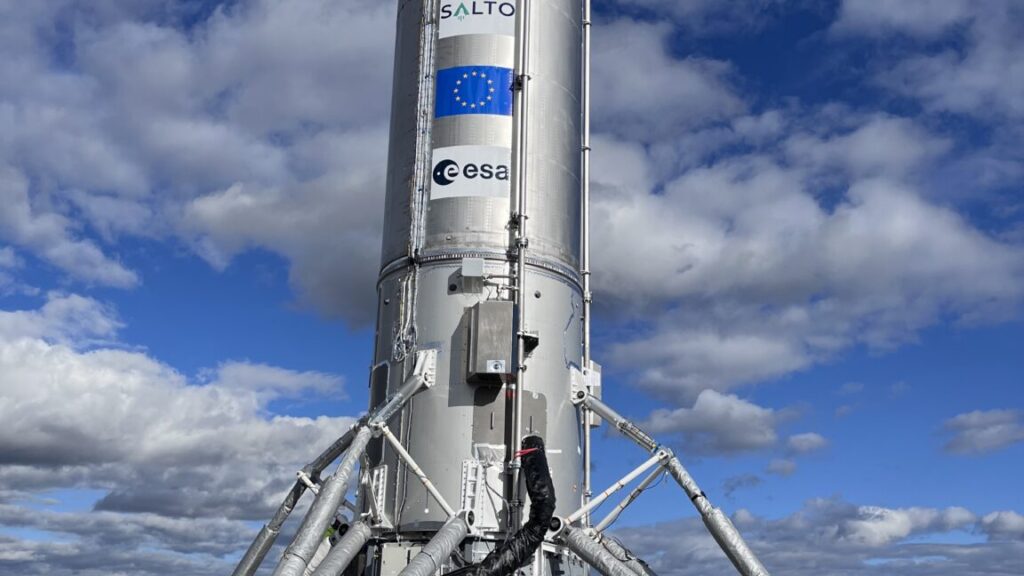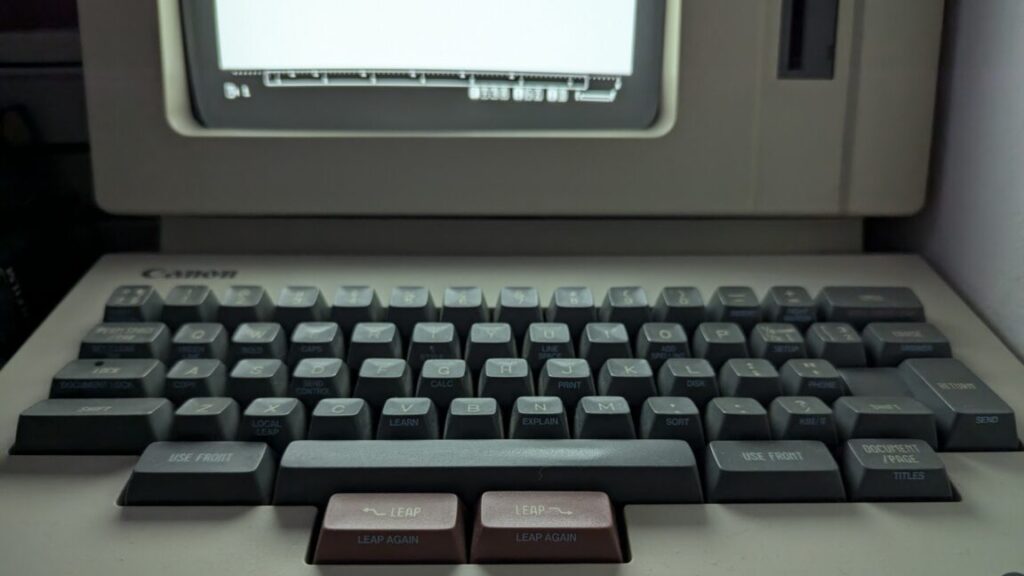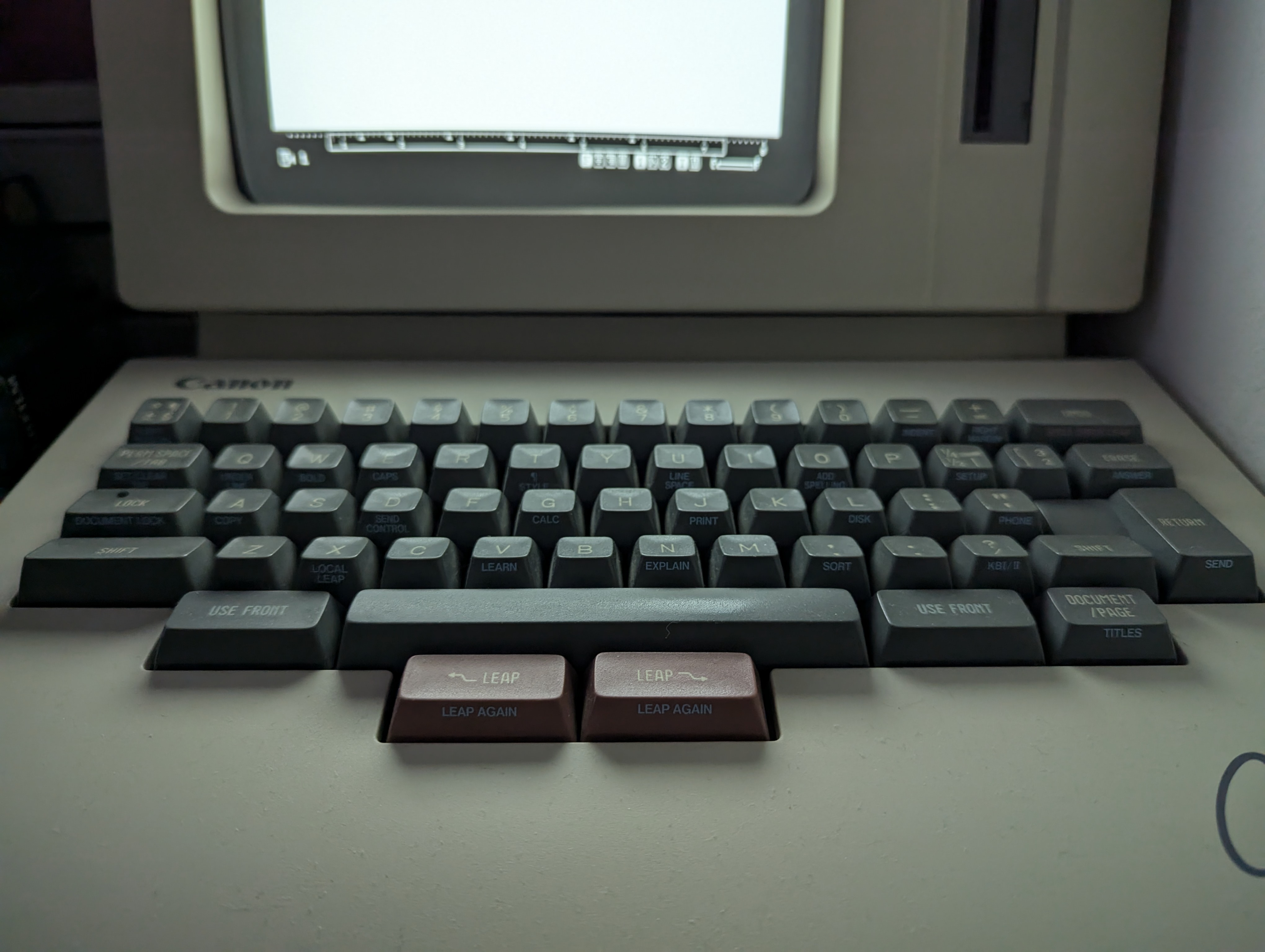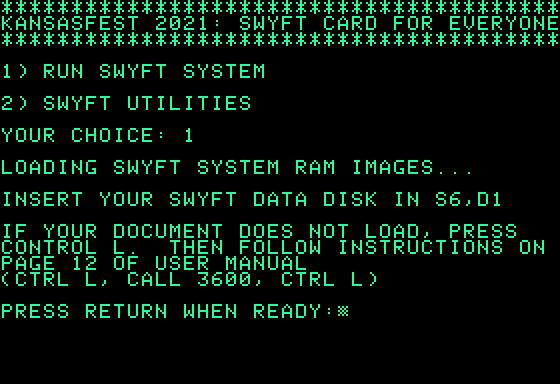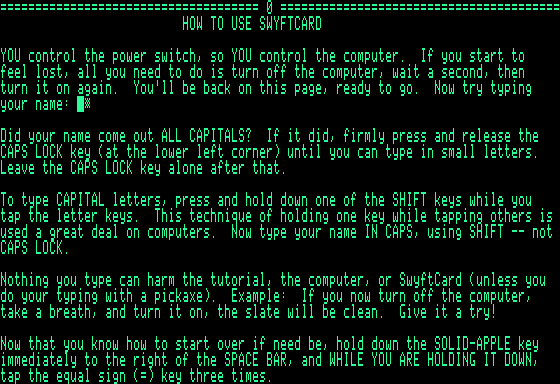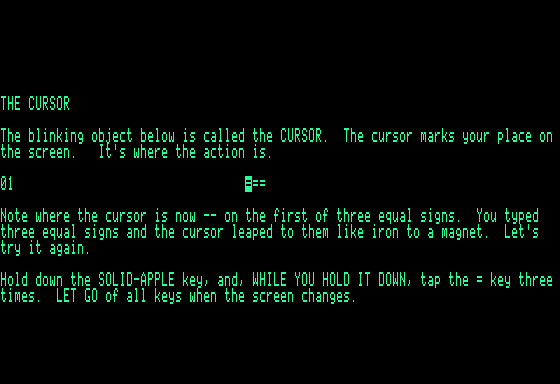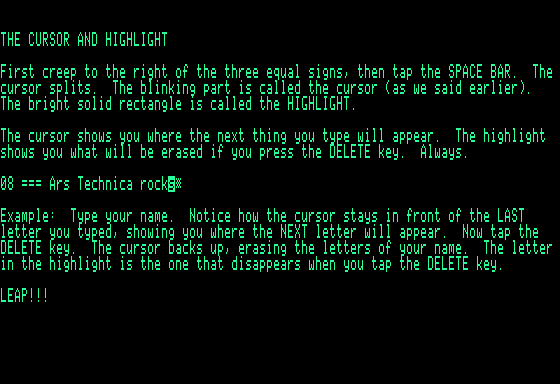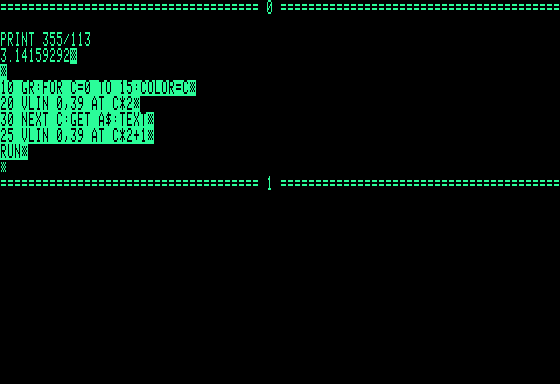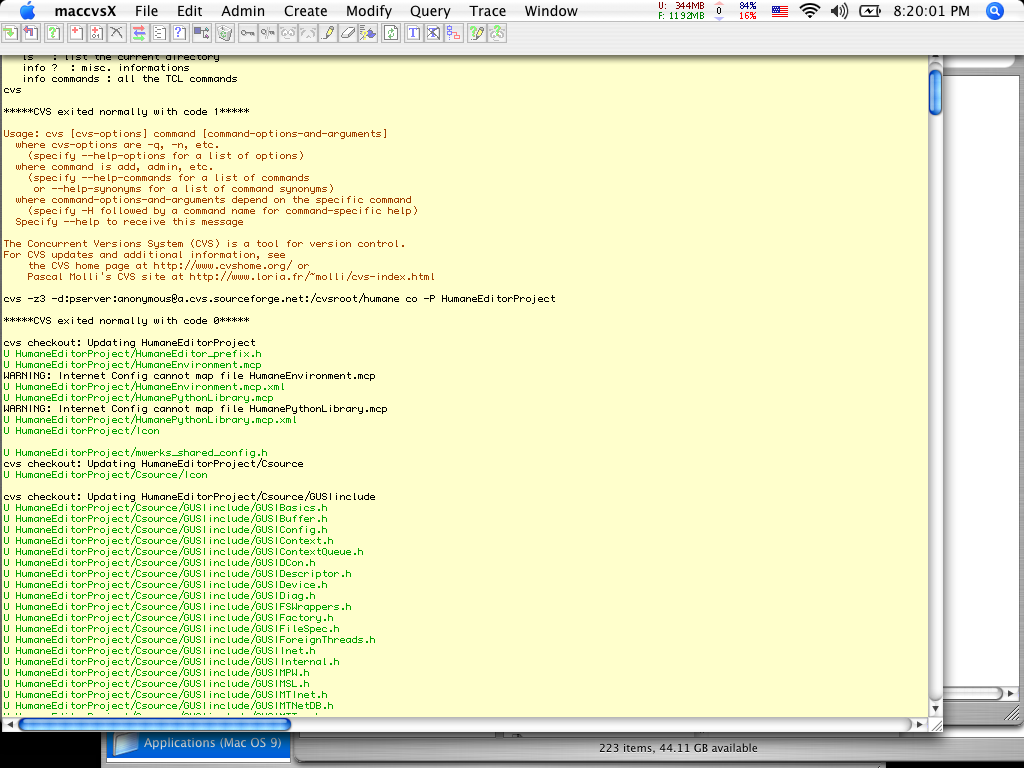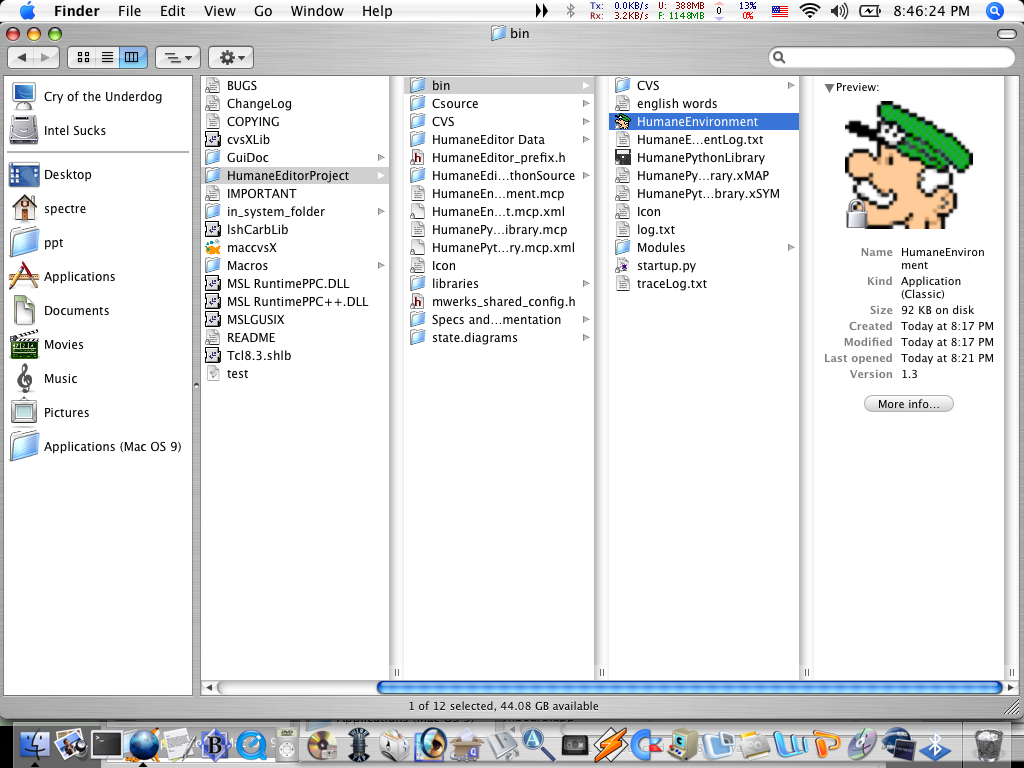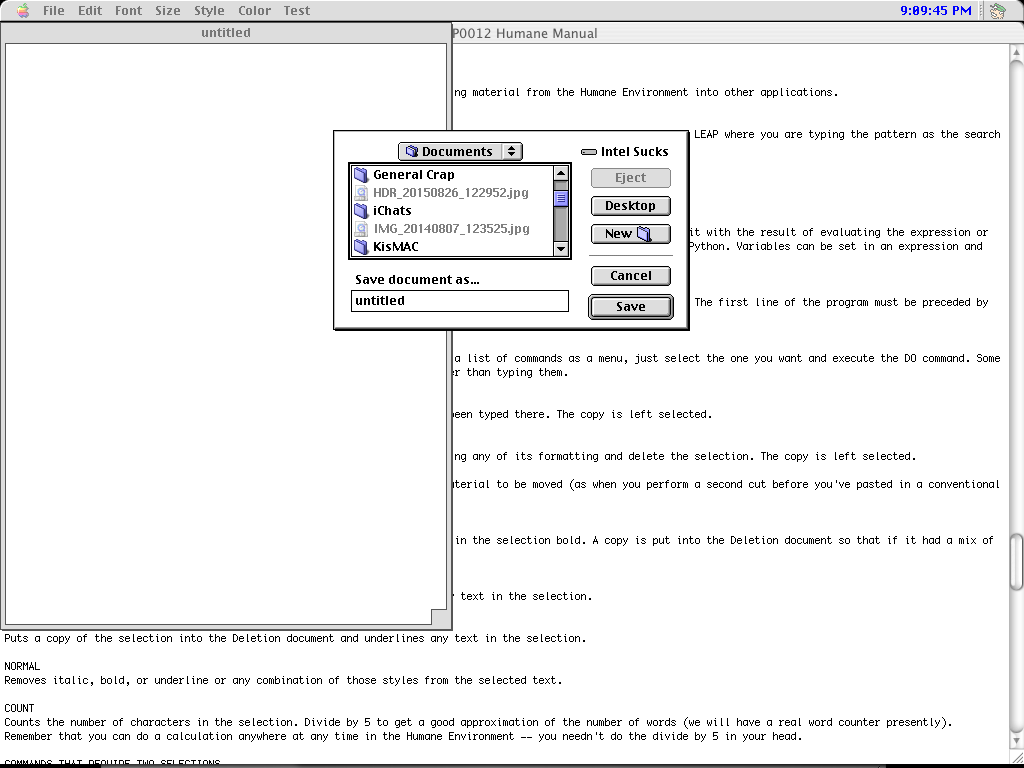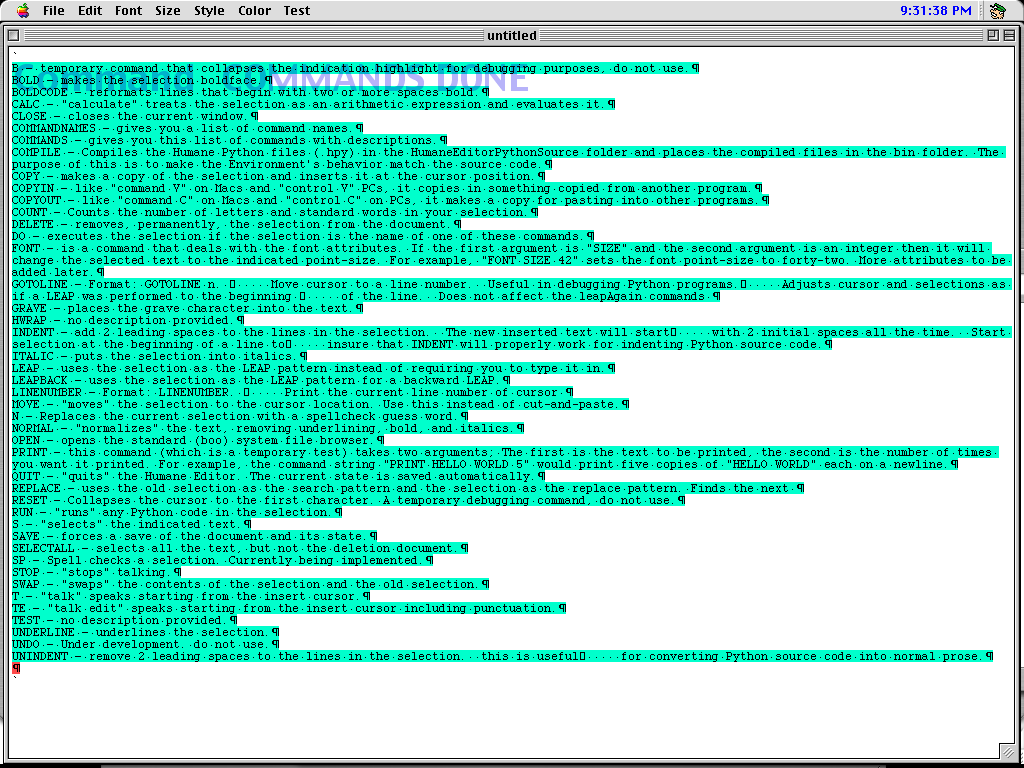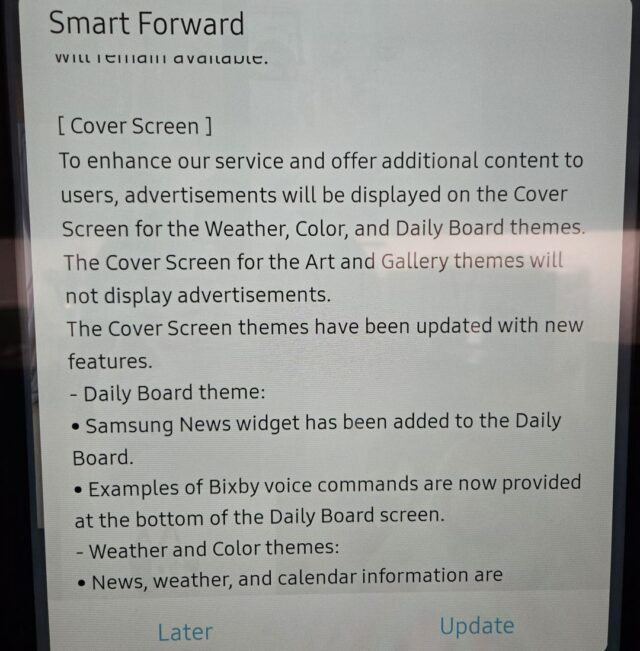Amazon agrees to make canceling Prime easy, will refund customers $1.5B
Amazon must also post prominent disclosures describing how auto-renewals and cancellations work, as well as offer “an easy way for consumers to cancel Prime, using the same method that consumers used to sign up.”
“The process cannot be difficult, costly, or time-consuming,” the FTC said.
Moving forward, Amazon must also pay for “an independent, third-party supervisor to monitor Amazon’s compliance” with the distribution of customer refunds.
Celebrating the victory after a 3–0 vote approving the settlement, FTC chairman Andrew Ferguson described Amazon’s $2.5 billion payout as a “record-breaking, monumental win for the millions of Americans who are tired of deceptive subscriptions that feel impossible to cancel.”
The press release cited internal documents in which Amazon executives and employees “knowingly discussed” how hard it was to cancel Prime, exchanging messages admitting that “subscription driving is a bit of a shady world” and suggesting that forcing unwanted subscriptions was “an unspoken cancer.”
“The evidence showed that Amazon used sophisticated subscription traps designed to manipulate consumers into enrolling in Prime and then made it exceedingly hard for consumers to end their subscription,” Ferguson said. “Today, we are putting billions of dollars back into Americans’ pockets and making sure Amazon never does this again.”
Amazon did not immediately respond to Ars’ request to comment.
Amazon agrees to make canceling Prime easy, will refund customers $1.5B Read More »


